This site is part of various affiliate programs. Links may give us a small compensation for any purchases you make, at no additional cost to you. Please read the disclaimer policy for full details.
If you don’t have time to read this article, then the all-round best Sigma lens for Canon is the Sigma 150-600mm f/5-6.3 DG OS HSM, with the Sigma 18-35mm f/1.8 DC HSM Art, and the Sigma 24-70mm f/2.8 DG OS HSM Art making up the wide-angle and mid-range zoom best Sigma lenses for Canon respectively.
If you choose to go for a lens made by a third-party manufacturer, Sigma is the top contender in that space.
Tamron is a close second, but Sigma has the widest variety of lenses and lenses made for every photographer out there.
Whether you are a sports photographer, a wedding photographer, or a fashion photographer, chances are that Sigma makes a lens that will fit your needs.
In this article, we’re going to take a look at all of the top Sigma lenses for Canon cameras, most of which are available in all Canon mounts, although we will be focusing on their performance in the Canon EF mount in most cases.
The Best Sigma Lens for Canon: Sigma 150-600mm f/5-6.3 DG OS HSM Contemporary
Best Sigma Telephoto Lens
- 4x zoom range, from 150mm to 600mm
- Image Stabilized
- Quick and relatively accurate autofocus
- Quite light for what it is
- Exceptional value for money for such a long lens
The Best Wide-Angle Sigma Lens for Canon: Sigma 18-35mm f/1.8 DC HSM Art
Best APS-C Sigma Lens
- Exceptionally sharp. It can easily replace prime lenses within that focal range
- f/1.8 throughout the whole zoom range
- Sturdy all-metal construction
- You can use it on a full-frame camera from 24mm onwards in a pinch
- Great bang for your buck
The Best Mid-Range Sigma Zoom Lens for Canon: Sigma 24-70mm f/2.8 DG OS HSM Art
Fantastic Mid-Range Zoom
- It has optical stabilization
- It has weather sealing
- Nice and bright f/2.8 aperture
- Perfect as a mid-range zoom
Comparison Table of Sigma Lenses for Canon
Lens | Mount | Pros | Who's it for? | Check Price | |
[Best Telephoto] | Canon EF | Massive zoom range | Bird and wildlife photographers on a budget | ||
[Best Ultra-Wide Zoom] | Canon EF-S (Crop) | Exceptionally sharp with a very wide aperture | Anyone that owns an APS-C camera | ||
[Best Mid-Range Zoom] | Canon EF | Optical stabilization and weather sealing | Wedding photographers | ||
Canon EF | The only full frame 20mm f/1.4 on the market | Perfect for landscapes and stars | |||
Canon EF | Ultra-wide with constant f/2.8 aperture | Landscape photographers | |||
Canon EF-S (Crop) | Very long zoom range | Travelers, bloggers and home use | |||
Canon EF | Optical image stabilization and CA controlled well | If you need one lens for everything | |||
Canon EF | Incredibly smooth bokeh | Portrait photographers that shoot wide open | |||
Canon EF-M | Very sharp and weather sealed | For Eos-M users who need a f/1.4 aperture |
What are the Types of Sigma Lenses?
Sigma has a variety of lenses, but all of them fit in three main product lines: Art, Contemporary, and Sport.
Each product line serves a different purpose:
- The Art line is intended for artists, focusing on the utmost optical quality.
- Contemporary lenses are good all-around and lightweight lenses with a wide variety of zoom ranges.
- The Sport line caters to photographers who need lenses capable of keeping up with dynamic scenarios without sacrificing image quality.
These product lines make it easier to choose the right lens at a price point that works for you. That said, Sigma is known for top-notch optical quality, often producing unique lenses that push the boundaries.
Even though Art lenses are widely accepted to have the best image quality, you won’t go wrong with a Sigma lens from one of the other product lines.
Full Reviews of Sigma lenses for Canon
1. Sigma 150-600mm f/5-6.3 DG OS HSM Contemporary
- Specifications:
- Mount: EF Mount
- Lens Type: Telephoto Zoom
- Closest Focusing Distance: 2.8m / 110.2 in.
- Max Magnification: 0.2x
- Autofocus Type: HSM, with multiple selectable ranges.
- Image Stabilization: Yes, with multiple modes.
- Filter Thread: φ95mm
- Dimensions: φ105mm × 260.1mm / φ4.1 in. × 10.2 in.
- Weight: 1,930 g / 68.1 oz.
The Sigma 150-600mm f/5-6.3 DG OS HSM Contemporary is one of the most popular lenses used by wildlife and sports photographers alike.
Even though there is a Sport version of this lens, due to the smaller size and lower price, this is the more popular one. Optically, the Contemporary and Sport versions are pretty much the same.
There aren’t many affordable lenses with a focal length exceeding 500mm. Especially not high-quality zoom lenses.
Image Quality
Considering that we are talking about a lens that goes as far as 600 mm, you would expect either bad image quality or a high price point. But, the Sigma 150-600mm doesn’t disappoint in this regard.
Across the zoom range, the lens is quite sharp, not as sharp as a prime telephoto lens, but quite sharp for a lens with this zoom range.
It loses some sharpness the further you zoom in, but it is not that significant. You might notice the difference between the sharpness at 150mm and 600mm if you are pixel peeping, but in reality, it is pretty similar.
It does lose a bit more sharpness when used on an APS-C body though, as you would expect since this pushes the effectice focal length up to a massive 900mm!
At around f/8, you will reduce the vignette to unnoticeable levels. Otherwise, it is about -2EV at 150mm when wide open and about -1.6EV at 600mm when wide open.
While we are on the topic of sharpness, the addition of optical image stabilization means you’ll get sharper photos at slower shutter speeds. The stabilization, in reality, is around three stops, which is excellent.
Using the USB dock, you can increase the OS strength, however. Moreover, the OS has an accelerometer to help with panning shots, or you can limit it for panning by using the switch for OS mode 2.
The lens exhibits some chromatic aberration, but for a sub $1000 lens with this focal length, the chromatic aberration is reasonable. It is visible mainly in high-contrast scenarios but isn’t beyond repair thanks to the use of FLD and SLD elements. Most photo editing applications can remove it successfully.
Flaring and ghosting are reasonably controlled.
You will find that the lens renders out-of-focus areas quite nicely, and bokeh balls are pretty good.
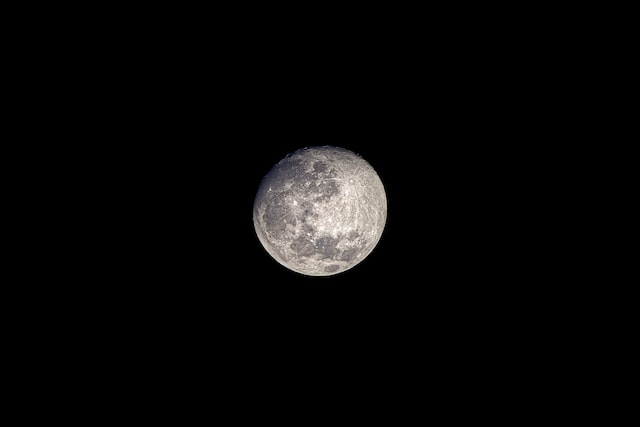
Build Quality
The lens mount and bottom end of the barrel are made from metal, and the rest of the lens is made from high-grade plastic, giving it a pretty sturdy feel. However, besides a gasket on the lens mount, you won’t be getting any other weather sealing.
The autofocus motor is quite fast, and you can customize the focusing speed using the Sigma USB dock.
Using the dock, you can set the lens up for different scenarios, and you can save that as a preset, which you can activate via a switch on the lens. You have two presets available.
Who is the Sigma 150-600mm f/5-6.3 DG HSM OS Contemporary for?
This is the lens for you if you need a telephoto lens with a long reach that doesn’t break the bank.
For the money, you will get a well-built, lightweight lens with great image quality. You can get the Sport version of this lens if you need weather sealing and even better image quality, but it weighs 50% more.
- Pros:
- 600mm on the long end
- 4x zoom range, from 150mm to 600mm
- Well built
- Image Stabilized
- Quick and relatively accurate autofocus
- Quite light for what it is
- Exceptional value for money for such a long lens
- Cons:
- No weather sealing
- Image Stabilization might need the USB dock to get the most out of it
2. Sigma 18-35mm f/1.8 DC HSM Art
- Specifications:
- Mount: EF Mount (Crop)
- Lens Type: Zoom
- Closest Focusing Distance: 28cm / 11 in.
- Max Magnification: 0.23x
- Autofocus Type: HSM.
- Image Stabilization: Yes, with multiple modes.
- Filter Thread: φ72mm
- Dimensions: φ78mm × 121mm / φ3.1 in. × 4.8 in.
- Weight: 310 g / 28.6 oz.
From time to time, lens manufacturers push the boundaries in lens design. This lens is one of those times
When it was released, and at this moment as well, there isn’t any other lens that is f/1.8 throughout the entire zoom range, and it is as sharp as a high-end prime lens at any focal length.
Image Quality
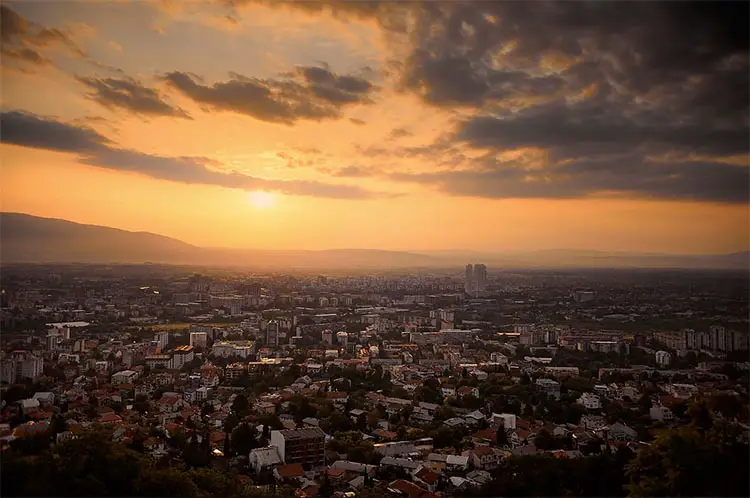
Being the first constant f/1.8 zoom lens, many would think that a sacrifice in image quality must occur to achieve this feat, and that assumption would be wrong on so many levels.
Sharpness-wise, it is among the sharpest, if not the sharpest APS-C lens in that range on the market. At 18mm, the lens is exceptionally sharp, and it loses some sharpness as you zoom in to 35mm.
Moreover, unlike many lenses, this lens is exceptionally sharp wide open and sharpest at f/2.8.
You will notice that it is hard to find chromatic aberration in photos shot from this lens, especially around the subject in focus. You will see some chromatic aberration in the out-of-focus areas, primarily if you shoot close to the lens’s minimum focus distance.
The bokeh balls aren’t too sharp and contrasty, which generates a relatively smooth and less distracting background blur.
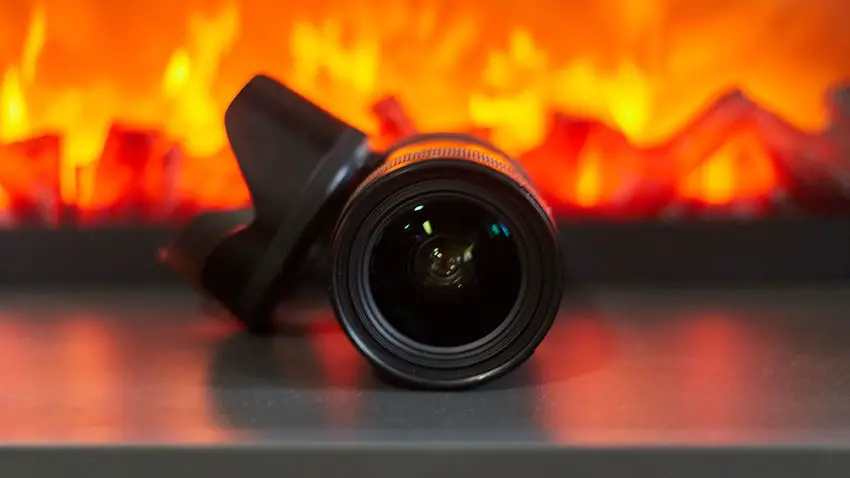
Vignetting is well controlled at around -1.0EV, and it is mostly gone when you stop the lens down to f/2.8.
You will find that the lens isn’t prone to flare. Color and contrast remain nice and punchy regardless of the light source position.
Build Quality

Sigma Art lenses are their top-of-the-line products, meaning the build quality is among the best. The lens is mainly of metal construction and feels extremely sturdy and dense in the hands. Sadly there is no weather sealing.
It is on the heavier side, but it is well-balanced.
The autofocus is fast and quiet. The accuracy will depend on the camera body you use. Cameras with simpler autofocus systems tend to have a better hit rate with this lens for some reason.
Of course, you can use the Sigma USB dock to fine-tune the focus, so it is more accurate.
If you use Canons DPAF (live view or mirrorless cameras), the lens focuses perfectly, with a near 100% hit rate.
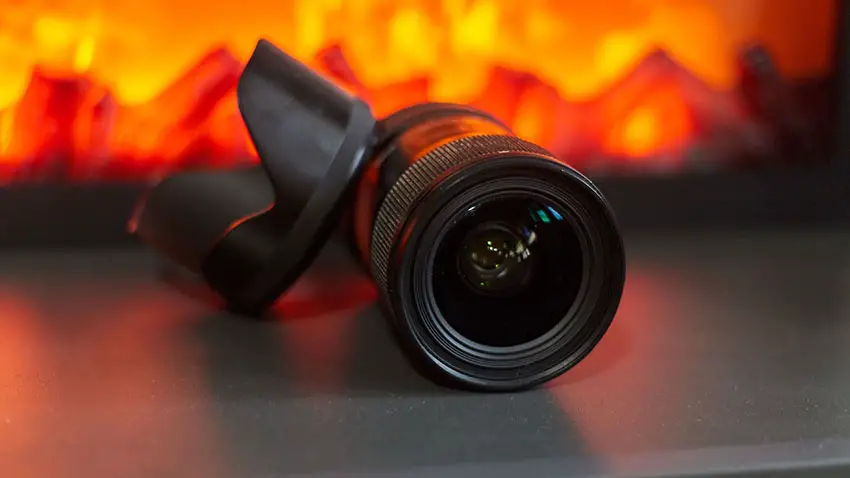
Who is the Sigma 18-35mm f/1.8 DC HSM Art lens for?
In all honesty, this lens is for everyone that owns an APS-C camera. If you find use in ranges between 15mm and 50mm, this is a lens that should be in your kit permanently.
If you upgrade to a full-frame camera, this lens will work quite well as a 24-35mm shooter.
- Pros:
- Exceptionally sharp. It can easily replace prime lenses within that focal range.
- f/1.8 throughout the whole zoom range.
- Great bang for your buck.
- Sturdy all-metal construction.
- Fast and reasonably accurate autofocus.
- You can use it on a full-frame camera from 24mm onwards in a pinch.
- Cons:
- No weather sealing.
- No image stabilization.
3. Sigma 24-70mm f/2.8 DG OS HSM Art
- Specifications:
- Mount: EF Mount
- Lens Type: Zoom
- Closest Focusing Distance: 37cm / 15 in.
- Max Magnification: 0.20x
- Autofocus Type: HSM.
- Image Stabilization: Yes, with multiple modes.
- Filter Thread: φ82mm
- Dimensions: φ88mm × 107.6mm / φ3.5 in. × 4.2 in.
- Weight: 1020 g / 36.0 oz.
Suppose you talk to any working photographer, especially a photographer focused on weddings and events. In that case, they will tell you that you eventually should end up owning the “holy trinity” of f/2.8 lenses. That would be a 16-35mm, a 24-70mm, and a 70-200mm.
The Sigma 24-70mm f/2.8 DG OS HSM Art is easily one of the holy trinity lenses. Designed to match or outperform original manufacturer lenses but at a better price point.
Image Quality
The center of the image is always sharp, regardless of the focal length. However, corner sharpness differs depending on the focal length, being sharper in the middle (around 40mm) and losing sharpness when the lens approaches the wide or telephoto end.
Stopping down the lens to f/5.6 significantly improves sharpness in the corners, and the corners are the sharpest at f/11. That means landscape photographers can have details in the entire frame.
Chromatic aberration is well controlled. You probably won’t find any chromatic aberration in your shot, both on your subject and in the background blur. In some extreme cases, there might be some slight fringing, but that is really rare and quite hard to notice.
The vignetting is probably the weakest side of this lens, showing up at -2.5EV on the wide end and -2EV on the telephoto end. You can correct the vignetting in post-production, but you might find that your photos become pretty noisy in the corners due to the amount of vignetting here.
Out-of-focus areas, or bokeh, look pretty nice, not too distracting, and without any weird bokeh balls.
The optical stabilization is quite a nice feature to have, whether you shoot in low light or not. It might not be industry-leading, but it will provide around three stops of stabilization, which is not bad.
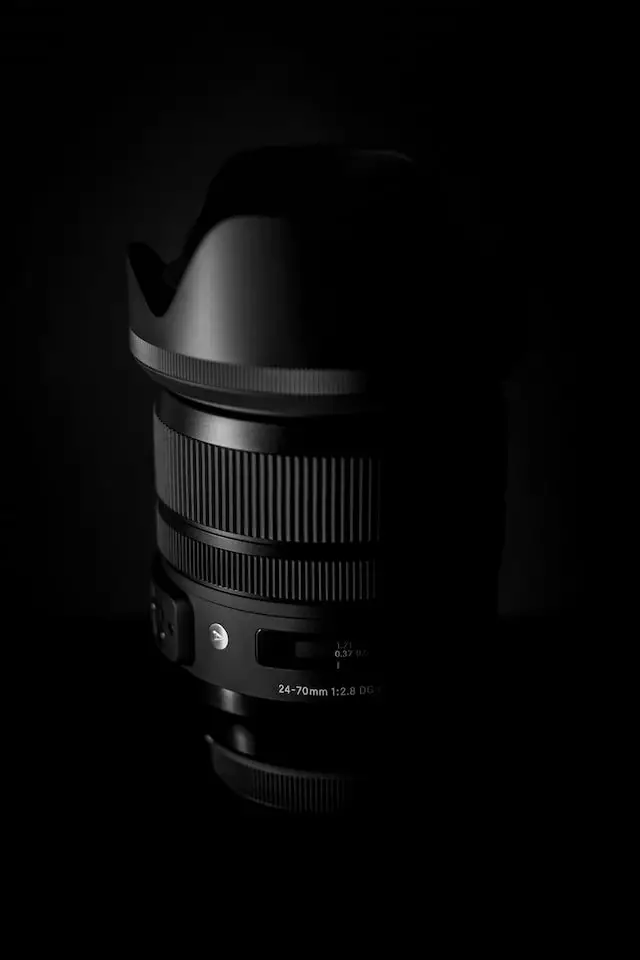
Build Quality
Just like all Sigma Art lenses, the lens is well built. The lens mount and the bottom of the lens are made from metal, while the rest of the lens is made from what Sigma calls Thermally Stable Composites.
The lens focuses quickly, with a decent hit rate on DSLR cameras. The focusing on mirrorless cameras, or when using DPAF in live view, is nearly perfect. No complaints there.
The lens is dust and splash-resistant and features a front element that repels water and oil.
Who is the Sigma 24-70mm f/2.8 DG OS HSM Art lens for?
If you shoot weddings, and the Canon 24-70mm is just too expensive, then the Sigma variant is for you. You will be getting optical image stabilization as a bonus.
- Pros:
- Reasonably sharp
- It has optical stabilization
- It has weather sealing
- Nice and bright f/2.8 aperture
- Fast and reasonably accurate autofocus
- Cons:
- The corners are a bit soft
- Quite a significant vignette
4. Sigma 20mm f/1.4 DG HSM Art
- Specifications:
- Mount: EF Mount
- Lens Type: Prime
- Closest Focusing Distance: 27.7cm / 10.5 in.
- Max Magnification: 0.14x
- Autofocus Type: HSM.
- Image Stabilization: No.
- Filter Thread: None.
- Dimensions: φ90.7mm × 129.8mm / φ3.6 in. × 5.1 in.
- Weight: 950 g / 33.5 oz.
If you tend to shoot landscapes, astrophotography, and events with the same gear, this lens might be the jack of all trades. Having an aperture of f/1.4, and being quite wide, means that you can shoot pretty much anything you can think of.
Image Quality
Sharpness-wise, this is probably one of the sharpest wide-angle lenses on the market, especially in the sub $1000 category. Even wide open, the lens is exceptionally sharp in the middle and loses some sharpness in the corners.
It is expected for a 20mm lens to lose some sharpness in the corners at f/1.4, but stop it down to f/2.8, and the lens becomes sharp everywhere. At f/4, the difference in sharpness in the corners and the center portion of the lens becomes indistinguishable.
A testament to the sharpness is that the lens remains incredibly sharp even on high-resolution or APS-C cameras.
Chromatic aberration is hard to find here. Of course, being a 20mm lens, it will exhibit some, but the two FLD elements control chromatic aberration quite well.
Vignetting is reasonably well controlled for a 20mm f/1.4 lens. Wide open, there is -1.5EV vignetting in the corners, which drops to -0.75EV at f/2, and it is almost entirely gone by f/4. All this is excellent news for the landscape photographers out there.
Distortion is well corrected as well, having a maximum of 0.5% barrel distortion. The lens is nearly rectilinear.
For the astrophotographers out there, you should know that there is a little coma in the frame, especially if you move towards the corners. But you can correct this if you stop the lens slightly.

Build Quality
As per Sigma Art lens standard, it is a combination of metal and their proprietary TSC (Thermally Stable Composite). In other words, the lens feels nice, sturdy, and tough.
Sadly, this lens doesn’t feature any weather sealing, so if you are shooting in harsh conditions, you’ll have to protect it.
Moreover, since the front element protrudes significantly, you can’t use traditional screw-on filters. If you wish to use filters with this lens, the only option is to use a filter holder that mounts on the lens and accepts 150mm slide-in filters.
The autofocus is nice and fast. It focuses accurately with DSLRs and has excellent accuracy with DPAF in live view or mirrorless cameras.
Who is the Sigma 20mm f/1.4 DG HSM Art lens for?
It can easily handle landscapes, being sharp from corner to corner when stopped down a bit. Wide open, it can handle low light or astro photography without any issues.
- Pros:
- The only full frame 20mm f/1.4 lens on the market
- Sharp at f/1.4
- Well built
- Fast and reasonably accurate autofocus
- Cons:
- No weather sealing
- You can’t use traditional screw-on lens filters
5. Sigma 14-24mm f/2.8 DG HSM
- Specifications:
- Mount: EF Mount
- Lens Type: Wide Angle Zoom.
- Closest Focusing Distance: 26cm / 10.2 in. at 24mm.
- Max Magnification: 0.185x
- Autofocus Type: HSM.
- Image Stabilization: No.
- Filter Thread: None.
- Dimensions: φ96.4mm × 135.1mm / φ3.8 in. × 5.3 in.
- Weight: 1150 g / 40.6 oz.
Wide-angle lenses are great, and ultrawide lenses often are even better.
However, buying or carrying a couple of heavy ultrawide lenses is not always feasible. That is where ultrawide zoom lenses come into play.
Sigma set out to solve this problem by introducing a brighter 14-24mm f/2.8 lens to accompany the 12-24mm f/4. A small sacrifice in focal length to gain an excellent low-light performance.
Having a constant aperture of f/2.8 and this focal length means that the lens becomes more than just a landscape tool. Astrophotographers, event photographers, and generally photographers that prefer the night more than the day will find the wide aperture a great bonus.
Image Quality
There is some corner sharpness loss at 14mm and f/2.8 aperture, but that is cleared up quickly by closing the aperture down a bit. Corner to center sharpness is becoming pretty similar at f/11.
One might expect that an ultrawide f/2.8 would be soft wide open. Most certainly, this is not the case, as the lens is quite sharp wide open, with a slight sharpness increase at f/4.
You will find a vignette of around -3EV when shooting wide open at 14mm. The vignette reduces to -1.8EV when you zoom in to 18mm, and stays at -1.8EV for the rest of the focal range. If you close the aperture down around one stop, you will lose the same amount of vignetting.
On the other hand, there is little to no chromatic aberration. You might find a little chromatic aberration in the edges at 14mm with high-resolution cameras, but it is insignificant.
With ultrawide lenses, it is hard to keep a strong light source out of frame, but luckily, that is not an issue for this lens since ghosting and flaring are very well controlled.
Distortion is well controlled, with a bit of barrel distortion at the 14mm end and a little pincushion distortion at the 24mm end, but nothing too significant. Distortion worsens on the 14mm end if you focus on a close subject.
The out-of-focus areas of the lens are okay. Not great, not terrible. At 14mm, the bokeh is a bit distracting and sometimes weird, but it gets better as you zoom in.
Astrophotographers should be happy, as coma is reasonably well controlled, with just a tiny bit showing at 14mm.

Build Quality
The lens is well built, with a combination of metals and Sigmas’ own Thermally Stable Composite, and features weather sealing.
You are out of luck if you intend to use standard screw-in filters with this lens. The large convex front element makes it impossible for the lens to feature a filter thread. So you will have to resort to a filter holder for all your filtering needs.
Autofocus performance on DSLR cameras is average at best. You will find inconsistencies when using different focus points, so you can’t really calibrate it to work well with every focus point. So you’ll have to pick between the center or the peripheral focus points.
In live view or with mirrorless cameras, the focus accuracy improves significantly thanks to Canons’ DPAF.
Who is the Sigma 14-24mm f/2.8 DG HSM Art lens for?
Photographers that require multiple wide-angle lenses but don’t have the budget or the nerves to swap lenses all the time will find that this lens works well as a substitute for several primes without many compromises.
- Pros:
- Ultrawide zoom lens with constant f/2.8 aperture
- Sharp throughout the entire zoom range
- Great weather sealing
- Great for astrophotography due to low coma
- Cons:
- Significant vignetting
- Autofocus can be unreliable
- It can’t take regular screw-on filters
6. Sigma 18-300mm f/3.5-6.3 DC OS HSM Macro
- Specifications:
- Mount: EF-S Mount
- Lens Type: Superzoom.
- Closest Focusing Distance: 39cm / 15.4 in.
- Max Magnification: 0.33x
- Autofocus Type: HSM.
- Image Stabilization: No.
- Filter Thread: φ72mm.
- Dimensions: φ79mm × 101.5mm / φ3.1 in. × 4.0 in.
- Weight: 585 g / 20.6 oz.
Superzoom lenses usually sacrifice peak performance so that they can be a jack of all trades, and that is pretty much the case here as well. However, the question is how much of the performance is sacrificed.
Image Quality
This superzoom lens is quite unintuitive optically. Wide open, it is sharper on both ends of the focal range and loses sharpness in between. When you close it down, it reverses the trend, where the middle focal ranges are sharper than the ones at both ends.
Chromatic aberration is well controlled, and you won’t find much of it.
The same applies to vignetting. There is a -2EV vignette at the 18mm end when wide open, and the rest of the range exhibits well-controlled -1EV when wide open. Close the lens down a bit, and the vignette drops below -0.5EV.
There is visible distortion moving from barrel to pincushion, which is expected from a super zoom lens. You can correct most of the distortion in post-production.
You can do macro shots at the 300mm end with 1:3 magnification. You can purchase an optional macro filter for this lens to improve that magnification to 1:2.
Moreover, since the 300mm is, in fact, 480mm on an APS-C camera, Optical Stabilization is welcome here. The stabilizer does a decent job at removing the camera shake.

Build Quality
Most of the lens is made from high-quality plastics, or TSC in Sigmas terms, which means the lens will be durable.
It is a Contemporary lens, so a few sacrifices are made, like weather sealing, to keep the lens lightweight.
The autofocus is reasonably consistent and quick and shouldn’t hinder your ability to take good photos.
The only thing you should be aware of about the lens build is that it extends when zoomed. A lot. It is not uncommon for superzoom lenses, but you should be mindful of it.
Who is the Sigma 18-300mm f/3.5-6.3 DC MACRO OS HSM for?
For the casual photographer who wants a do-it-all lens for their APS-C DSLR. Great for travelers, bloggers, and for home use.
- Pros:
- A pretty long zoom range, covering most of the useful focal lengths
- Light and compact
- Decently sharp for what it is
- Features Optical Stabilization
- It can shoot decent macro
- Cons:
- No weather sealing
- Some sharpness loss in the middle focal lengths
- Narrow apertures for the longer focal lengths at f/6.3
7. Sigma 24-105 f/4.0 DG OS HSM Art
- Specifications:
- Mount: EF Mount
- Lens Type: Zoom.
- Closest Focusing Distance: 45cm / 17.7 in.
- Max Magnification: 0.217x
- Autofocus Type: HSM.
- Image Stabilization: Yes.
- Filter Thread: φ82mm.
- Dimensions: φ86mm × 109.4mm / φ3.5 in. × 4.3 in.
- Weight: 885 g / 31.2 oz.
Most pro camera bodies come with a 24-105mm f/4 lens as a kit. There is a good reason for this. The zoom range covers many of the most useful focal lengths, with a lighter and more compact body than an f/2.8 lens.
Image Quality
When producing a general-purpose full-frame lens for professional photographers, you better make it sharp and reliable. Luckily Sigma hit the target with this lens.
Across the frame, the lens is sharp. Of course, the center of the frame is sharper than the corners, but the difference isn’t too bad. The lens is sharpest at the wide end and loses sharpness slightly when you zoom in.
Closing the lens down to f/8 will improve the sharpness but not too much. This lens works excellent wide open.
This lens has some vignette and chromatic aberration, which is expected from a zoom range this big. Of course, both vignetting and chromatic aberrations are worse at both ends and getting better towards the middle of the zoom range.
The vignette can reach about -3EV on the wide end, but stopping down to f/5.6 reduces the vignette to -1.5EV, which is excellent.
Barrel distortion is present with this lens and is quite pronounced at 24mm. Zooming in to 28mm removes most of it, however. There is some pincushion distortion at the telephoto end, but it is not significant.
Flaring and ghosting are pretty well controlled, with minimal lens flare visible when light sources are in frame.
The lens is equipped with Sigmas Optical Stabilizer, which works well to reduce camera shake. It will provide around 3-4 stops of stabilization, and you can tweak this with the Sigma USB Dock.

Build Quality
The lens features a metal mount and a build from their proprietary Thermally Stable Composite. It feels tough and premium. The zoom and focus rings move smoothly without any stickiness. There is no weather sealing, however.
Focusing is silent, quick, and accurate, even on DSLR cameras where Sigma lenses tend to lose accuracy.
For an f/4 lens, it is a bit on the heavier side, but the good ergonomics help with that. The lens is well balanced, and it fits nicely in hand.
Who is the Sigma 24-105 f/4 DG OS HSM Art for?
If you need one lens that can do mostly everything, this is the lens for you. It is not as bright as the 24-70 f/2.8, but it has a more extended reach, lower price tag, and weighs less.
- Pros:
- Good image quality
- It features an Optical Stabilizer
- Chromatic aberration is well controlled
- It has a good zoom range
- Cons:
- No weather sealing
- Vignetting is a bit strong when wide open
- Weak low light performance due to f/4 aperture
8. Sigma 50mm f/1.4 DG HSM Art
- Specifications:
- Mount: EF Mount
- Lens Type: Prime.
- Closest Focusing Distance: 40cm / 15.7 in.
- Max Magnification: 0.178x
- Autofocus Type: HSM.
- Image Stabilization: No.
- Filter Thread: φ77mm.
- Dimensions: φ85.4mm × 99.9mm / φ3.4 in. × 3.9 in.
- Weight: 815 g / 28.7 oz.
Portrait photographers always appreciate when they can find a wide f/1.4 aperture, sharp image, and great build quality in a single 50mm lens.
Image Quality
When it comes to 50mm f/1.4 lenses, you probably won’t find a sharper one, especially not at this price point. The lens is very sharp, wide open, with a slight sharpness falloff in towards the corners.
Stop it down to f/2.8, and the lens is pretty much equally sharp corner to corner, and it stays like that up to f/8.
Close it further than f/8, and you’ll notice some sharpness loss due to diffraction. But it is not as significant as one might expect.
Vignetting is very well controlled. Wide open, it shows decent -1.5EV vignetting in the corners, which drops to -0.75EV at f/2 and -0.35EV at f/2.8.
There is no significant distortion, so the tiny amount present is easily corrected.
Chromatic aberration is exceptionally well controlled. You’ll need an extremely high contrast scenario with a high-resolution sensor to find any purple or green fringing. There is some fringing in out-of-focus areas if you focus on a close subject and a high-contrast scenario simultaneously. But it is not significant.
Overall, chromatic aberration is not an issue.
Flaring and ghosting are very well controlled, so you won’t lose contrast in scenarios you usually would. You might notice some flare patterns here and there, but nothing significant. The lens hood resolves most of them anyway.
One usually shoots at f/1.4 for two things: light and bokeh. The out-of-focus areas are rendered really well and smooth. There aren’t many distractions, and bokeh balls aren’t too pronounced. That means there won’t be a messy background, which is great for portraiture.
Astrophotographers should know that the lens has no coma but has some astigmatism when wide open. Most of that is resolved when the lens is at f/2 and entirely resolved at f/2.8.
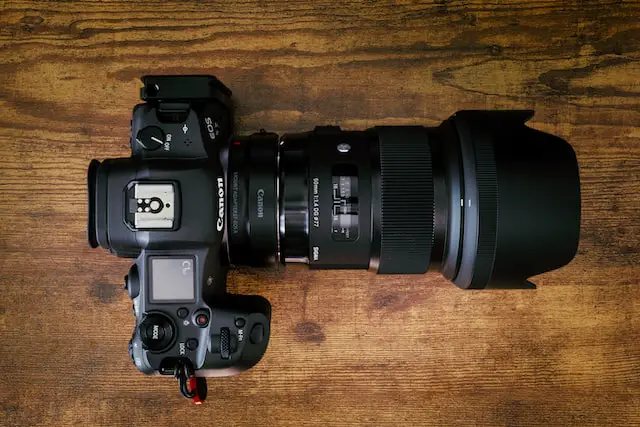
Build Quality
The lens is built on a metal mount and base, complemented with TSC plastics that feel nice in hand. It feels a bit heavy, but it is nice to hold, so the weight shouldn’t be a problem for most photographers. Even though the lens is built like a tank, it doesn’t feature weather sealing.
Autofocus is quiet and fast, thanks to the HSM motor. However, the accuracy isn’t the best. Many Sigma lenses are inconsistent when shot on a DSLR, especially in One-Shot mode.
So, for better accuracy, you should use this lens in Servo mode and snap a shot or two more just in case. Once you get used to that, it becomes second nature and isn’t such a problem.
The focus is much more accurate in DPAF live view and mirrorless cameras.
Who is the Sigma 50mm f/1.4 DG HSM Art lens for?
Sigma targets portrait photographers with this lens. Especially photographers that prefer shooting wide open most of the time. And for that, the lens is perfect.
- Pros:
- Bright f/1.4 aperture
- Incredibly smooth bokeh
- Very sharp, wide open
- Extremely sharp at f/2.8, even in the corners
- Cons:
- Autofocus can be inconsistent in One Shot mode
- No image stabilization
- No weather sealing
9. Sigma 16mm f/1.4 DC DN Contemporary
- Specifications:
- Mount: EF-M Mount
- Lens Type: Prime.
- Closest Focusing Distance: 25cm / 9.8 in.
- Max Magnification: 0.10x
- Autofocus Type: Stepper Motor.
- Image Stabilization: No.
- Filter Thread: φ67mm.
- Dimensions: φ72.2mm × 92.3mm / φ2.8 in. × 3.6 in.
- Weight: 405 g / 14.3 oz.
A 16mm lens in the full-frame camera world would be considered an ultrawide lens. However, for the APS-C sensor, it is equivalent to a 26mm lens, which makes it a wide-angle one.
With a maximum aperture of f/1.4, this lens works well as a more compact and lightweight replacement for the 24mm f/1.4 full frame lens on an APS-C camera.
Image Quality
An f/1.4 lens designed for APS-C cameras means that the optical resolution required from this lens is high. However, it is quite sharp in the center of the frame when wide open and gets quite sharper when stopped down to f/2.
Corners are slightly soft when wide open but improve when you stop down the lens to f/4.
All in all, the sharpness of the lens is great.
Vignetting is well controlled, at about -2EV when wide open, and that improves to around -0.5EV when you stop down the lens to f/2.8.
Chromatic aberration is reasonably well controlled when it comes to in-focus subjects, meaning there is little to no chromatic aberration in the focus plane.
However, if you focus on a close subject, you will see significant chromatic shifts with strong color separation in the out-of-focus areas when the lens is wide open. By f/4, this defect is significantly reduced.
Even though this lens has 16 elements, flaring and ghosting are well controlled and not an issue. On the other hand, geometrical distortion can be an issue if you expect straight lines without any correction.
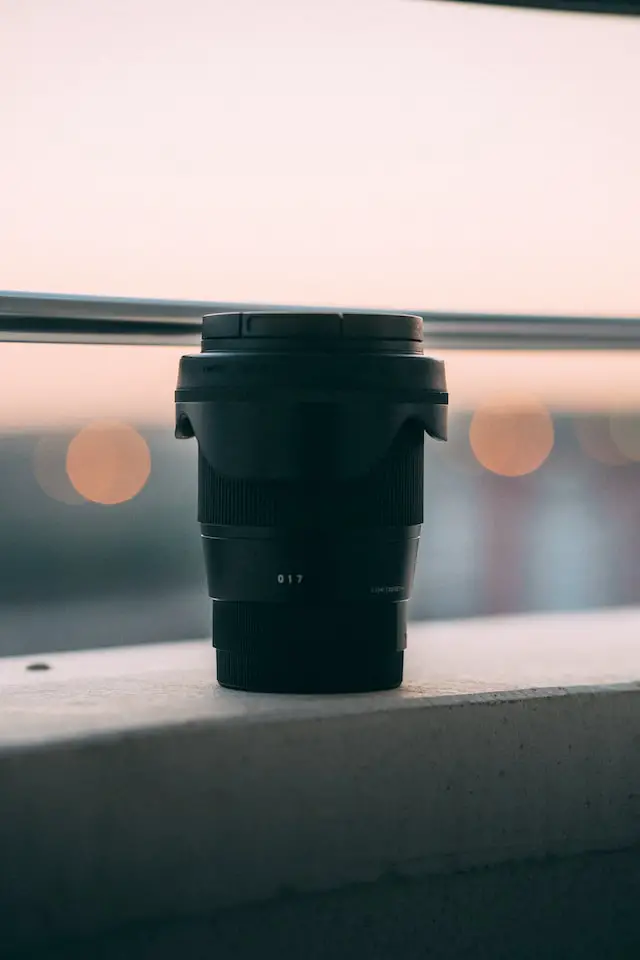
Build Quality
The lens features a metal mount and a plastic body. The plastic is a high-quality proprietary TSC, sturdy, and doesn’t expand or contract with changing temperatures. Overall it feels great in hand and is weather sealed.
Autofocus is fast and accurate and pretty silent.
Who is the Sigma 16mm f/1.4 DC DN Contemporary lens for?
If you are an EOS-M user and you are the need of a super bright and sharp wide-angle prime for both photo and video work, this is the lens for you. It can handle landscapes and event work well.
- Pros:
- Exceptionally sharp, even on high-resolution APS-C sensors
- Weather sealed
- Bright f/1.4 aperture
- Nice bokeh when wide open
- Nice and accurate autofocus
- Cons:
- Chromatic aberration in out-of-focus areas can be significant
- No image stabilization
- Has visible barrel distortion
Final Thoughts on the Best Sigma Lenses for Canon Cameras
There is no doubt that Sigma produces excellent lenses for the money.
If there is one Sigma lens that should be in your kit, then it’s the one-of-a-kind Sigma 150-600mm f/5-6.3 DG OS HSM, which is pretty much unbeatable at this price range, with the Sigma 18-35mm f/1.8 DC HSM Art, and the Sigma 24-70mm f/2.8 DG OS HSM Art making up the rest of the pack.
But as there are Sigma lenses covering pretty much every focal length, at the end of the day, your photography style and needs is going to determine which of these lenses works best for you.
Further Reading
There are many other lenses for Canon cameras that are worth looking into if you are serious about your photography.
For portrait photographers, see the best 85mm lenses for Canon.
For macro photographers, there’s the best macro lenses for Canon.
For night photographers, take a look at the best Canon lenses for low light.
And you can also compare the focal lengths of many lenses to find out which is the ideal focal length range for you.
Take a look at:
35mm vs 50mm vs 85mm focal length comparison
And many more…
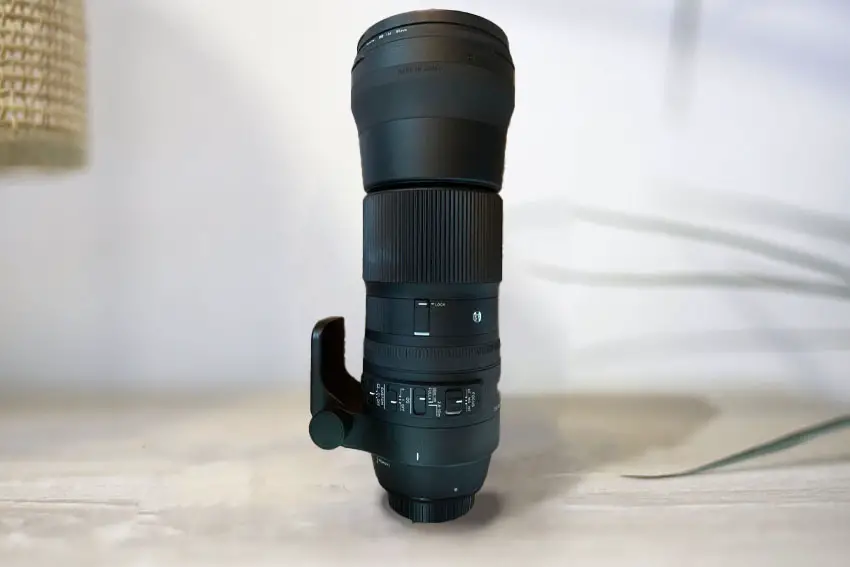
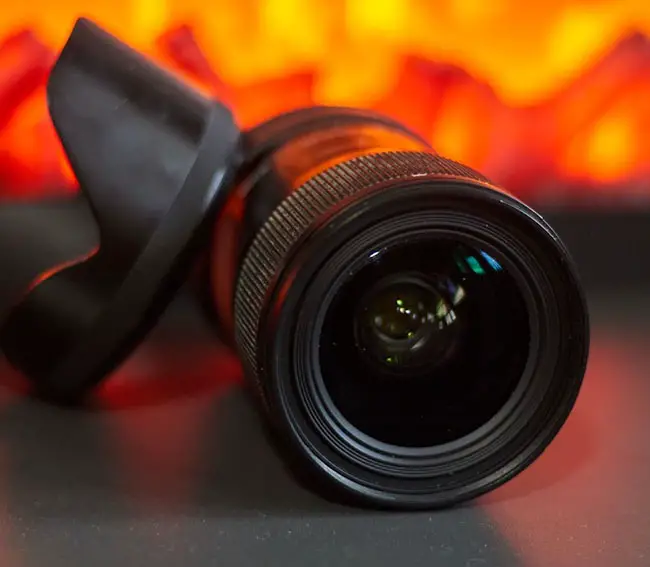
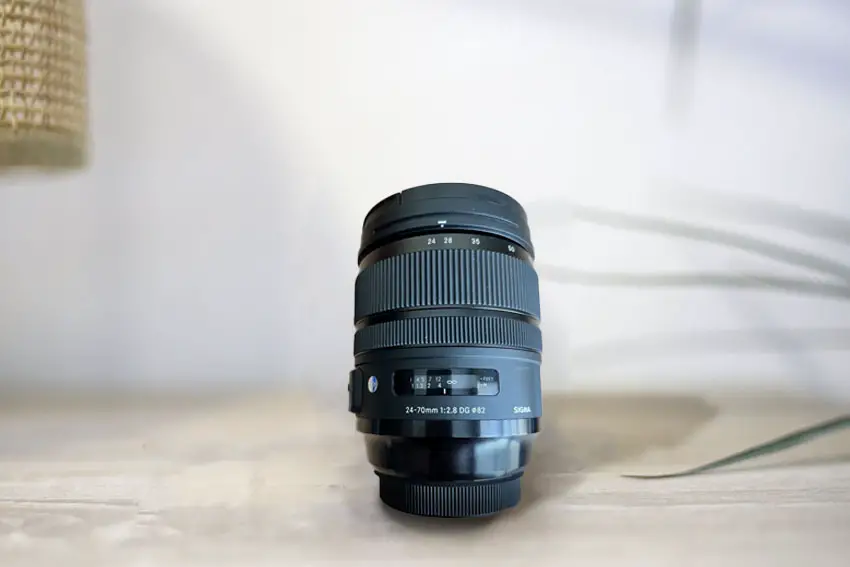



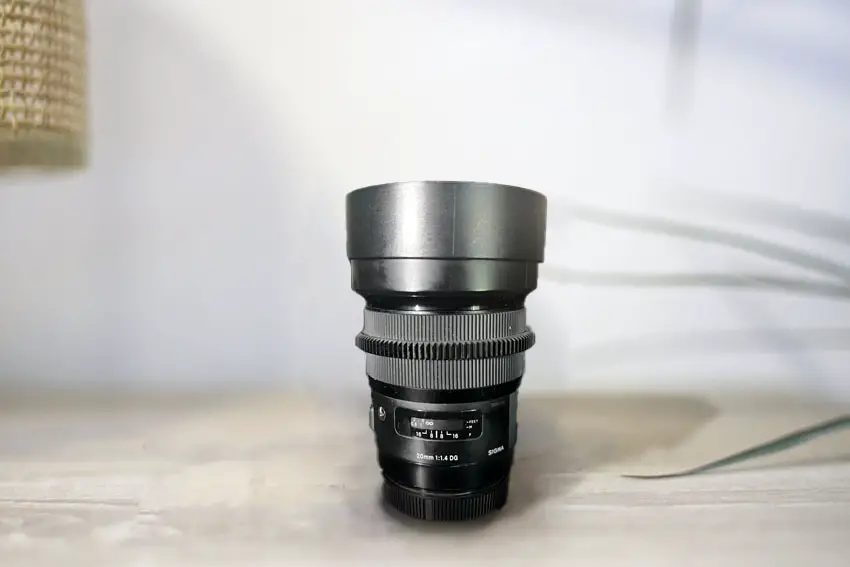
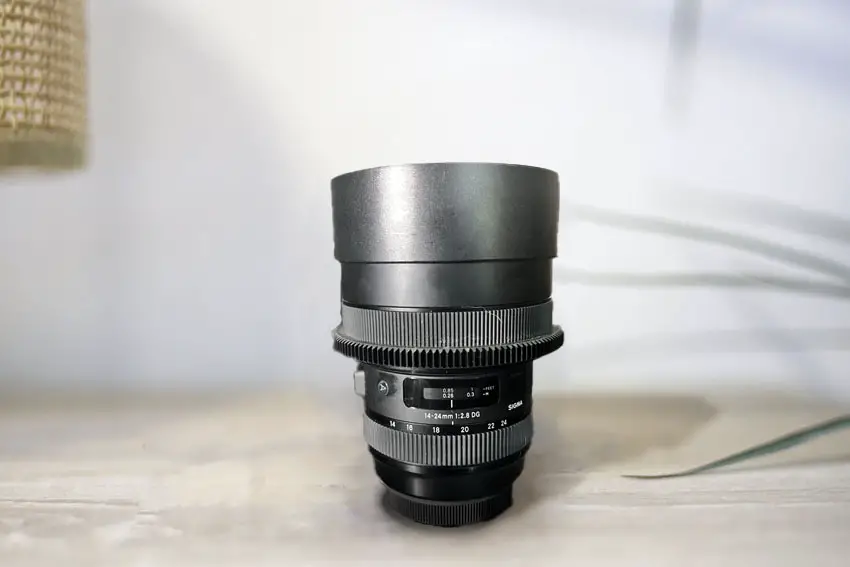
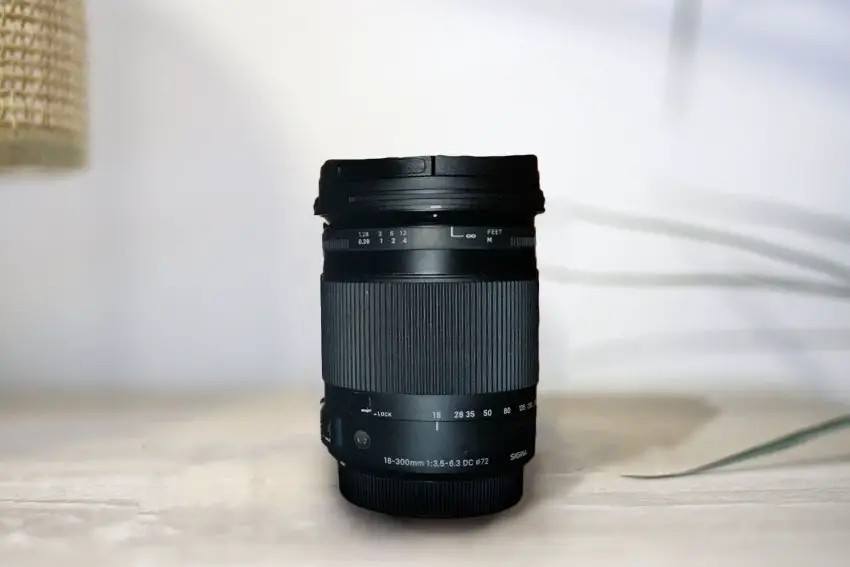
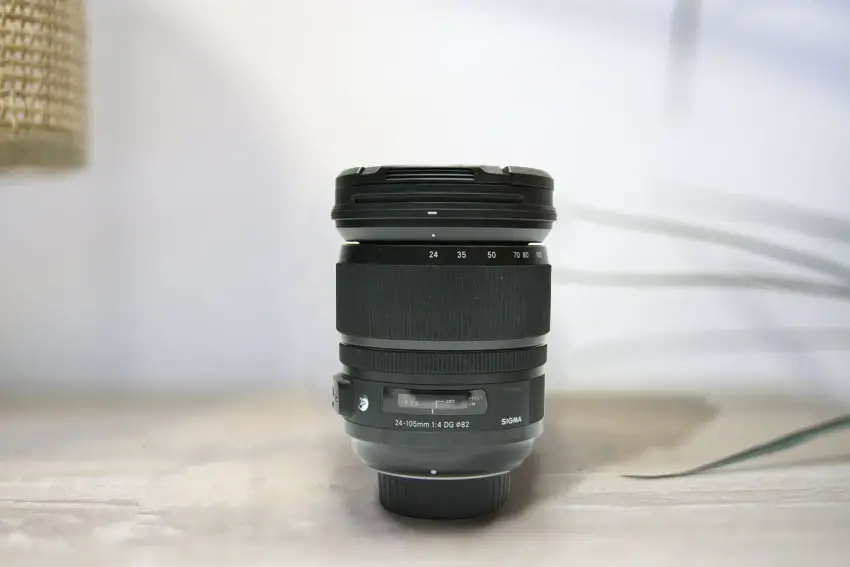
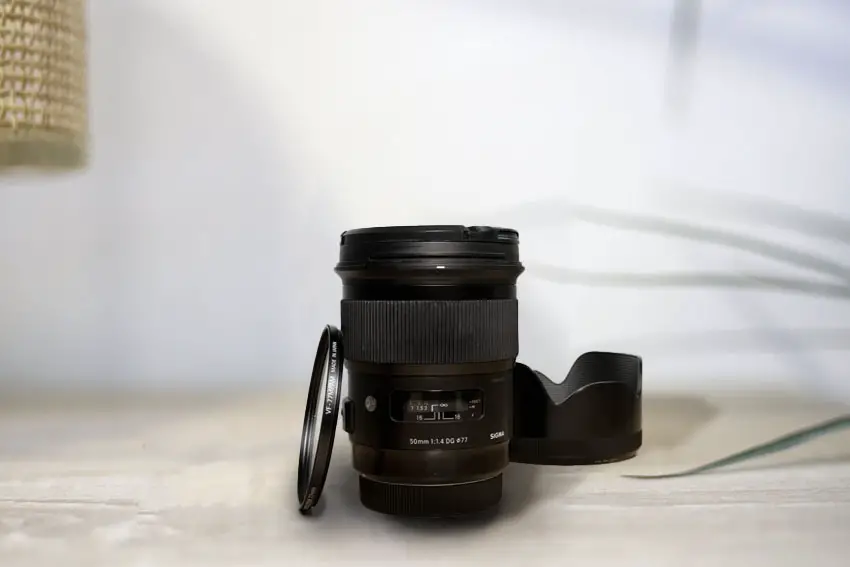
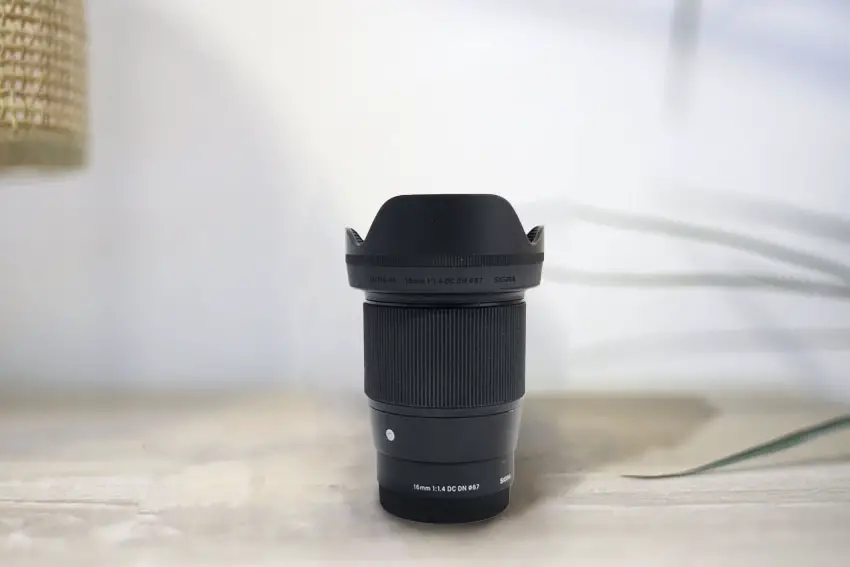












Leave a Reply